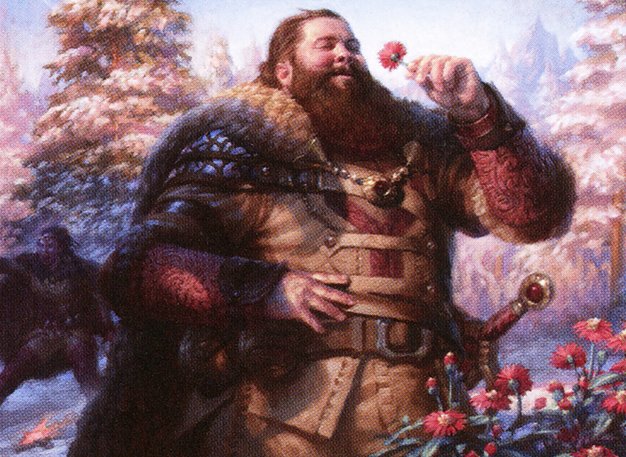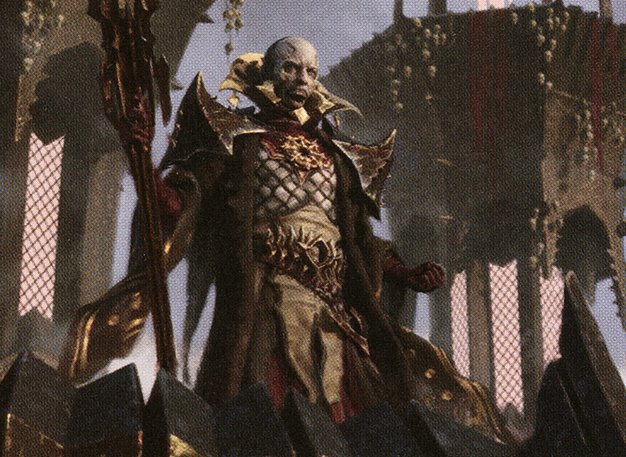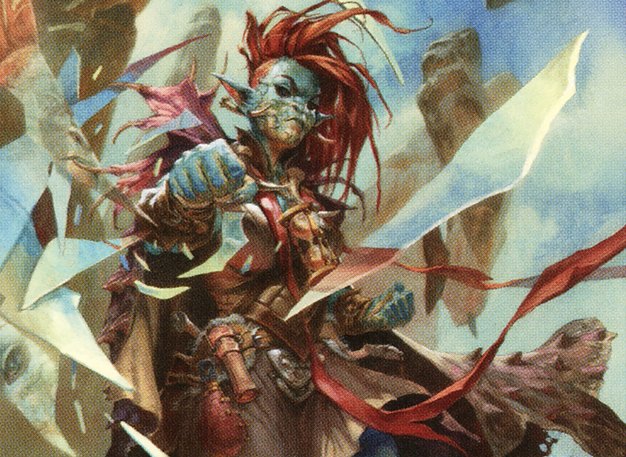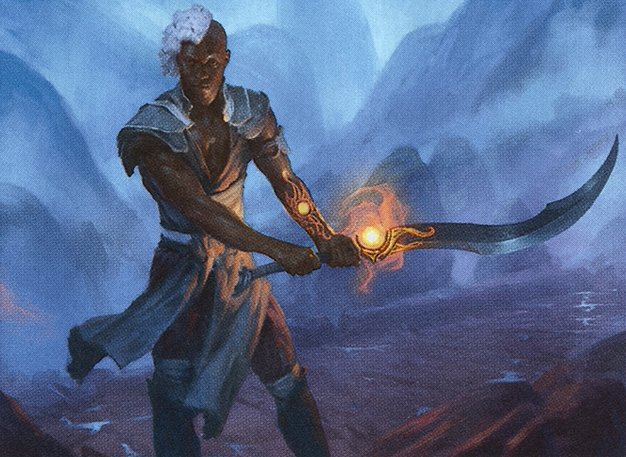Deck & Commander Strategies

Hans Eriksson
Aggressive deck aiming to put big creatures onto the battlefield tapped and attacking from the top of the library each time Hans attacks, generating relentless pressure by chaining large threats.

Nevinyrral, Urborg Tyrant
Esper control with planeswalkers and sacrifice synergies, focusing on board stabilization, attrition, and leveraging powerful permanents to outvalue opponents.

Obeka, Brute Chronologist
Utilizes the ability to end turns prematurely to manipulate the stack and triggers, enabling extra turns and timing tricks to disrupt opponents and generate incremental advantage.

Wyleth, Soul of Steel
Though less detailed, typically focuses on equipment and combat enhancement to maximize damage output through aggressive, weaponized creatures.
Gameplay Insights
- 1
Hans Eriksson's ability to put creatures from the top of the library onto the battlefield tapped and attacking creates both pressure and risk, as Hans takes damage equal to the creature's power.
- 2
Obeka's ability to end the turn at any player's discretion introduced complex timing interactions, especially with cards that care about end-of-turn triggers or extra turns.
- 3
Nevinyrral's deck avoided destroying planeswalkers to maintain synergy with its own planeswalker package, illustrating careful deck construction around the commander’s abilities.
- 4
Avoiding infinite combos in Obeka's deck showcased a focus on interactive, non-optimized gameplay that still leverages the commander’s unique mechanics for creative tempo swings.
Notable Cards
-

Obeka, Brute Chronologist
-

Nevinyrral, Urborg Tyrant
-

Hans Eriksson
-

Wyleth, Soul of Steel
Gameplay Summary
The game featured four players piloting new Commander Legends commanders: Obeka, Brute Chronologist; Nevinyrral, Urborg Tyrant; Hans Eriksson; and Wyleth, Soul of Steel.
Hans Eriksson's deck focused on aggressive strategies, aiming to put large creatures onto the battlefield tapped and attacking from the top of the library each time it attacked.
This approach created constant pressure, though Hans himself was vulnerable due to taking damage when triggering his ability.
Nevinyrral's deck played a more controlling role with an Esper color identity, utilizing planeswalkers and sacrifice synergies, aiming to stabilize the board and leverage powerful permanents.
Obeka's deck was built around ending turns prematurely as a strategic tool, enabling effects like taking extra turns or manipulating end-of-turn triggers to generate value.
Wyleth's deck, though less detailed in the transcript, likely focused on equipment and combat prowess given Wyleth’s traditional themes. Early game revolved around establishing board presence and setting up synergies.
Key turning points included Hans successfully deploying multiple threats in a single attack phase, Nevinyrral stabilizing with planeswalkers and removal, and Obeka manipulating turn sequences to gain tempo and card advantage.
The interaction between Obeka's end-the-turn ability and other players’ plans created unique dynamics, sometimes interrupting combos or combat phases.
The game showcased the versatility and uniqueness of the new commanders, with win conditions revolving around aggressive combat swings from Hans, controlling and attrition from Nevinyrral, and temporal manipulation from Obeka.
The absence of infinite combos in Obeka's deck highlighted a more casual, interactive approach to the card's mechanics.


















![Obeka vs Varina vs Zurgo vs Skithiryx [EDH/Commander, Magic The Gathering Gameplay] 2021 thumbnail](https://i.ytimg.com/vi/lpVA-DQkfyc/sddefault.jpg)





























